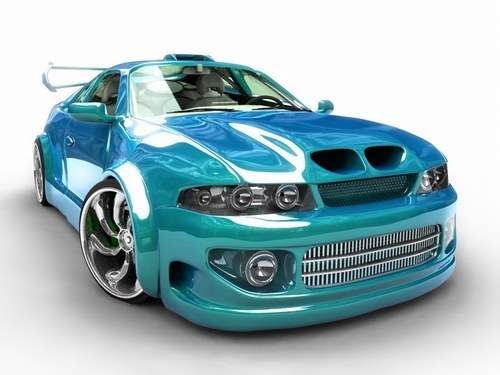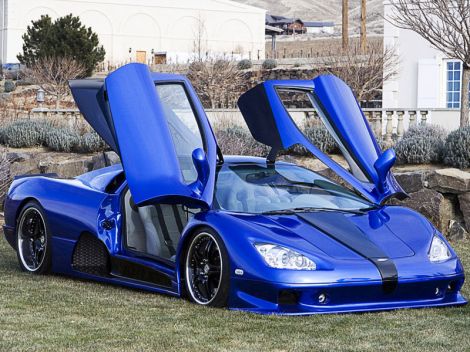|
|
|---|
Sunday, March 27, 2011

On the Toyota Camry the front wheels rotate on two pivot points: the upper Strut Bearing sandwiched between the Strut Mount and the Upper Spring Mount; and on the bottom with the Lower Ball Joint. The Ball Joint is a ball-in-socket steering component that permits the directional movement of the front wheels. The constant impact with rough road surfaces, pot holes, speed bumps, curbs and general road obstructions places considerable stress on this important steering component. The Camry Ball Joint is lubricated with grease and is sealed with a rubber boot.
Unlike some other cars, this is a 'Seal for Life' component with no grease fittings for lubrication. If the boot were to dry rot or split, the Ball Joint must be replaced since moisture and dirt will accelerate wear and cause eventual failure. Worn ball joints will exhibit excessive free play that may make wheel alignment difficult and cause uneven tire wear. Ball joints that are very worn will 'clunk' when the wheel is at full deflection (completely turned) and hitting bumps. A failed Ball Joint during vehicle operation can be catastrophic that may result in partial loss of vehicle control; therefore any doubt as to its condition should warrant replacement. Although there are various methods of testing the condition of ball joints when the vehicle is stationary, from personal experience, Camry's with suspected ball joint wear that had passed the test continued to exhibit noise until the joints where replaced. These noises existed after replacing the strut mount and sway bar links. Steering response and precision was noticeable after the ball joint replacement.
Ball Joint Removal
Their are several methods that can be used for removing the old ball joint but the method to be described has worked well for me with a predictable outcome.
1. Remove the wheel and support and vehicle with a reliable jack stand.
2. Remove the axle nut cotter pin and remove the 34 mm axle nut that secures the drive shaft to the wheel hub. If an impact driver is not available, loosen the nut before removing the wheel off the hub. It took a few extra minutes but I choose to remove the brake pads, brake caliper, caliper bracket and rotor so the steering knuckle can be swung away from the axle shaft without a lot of hassle and hardware.
3. Remove the two bolts and one nut that secures the lower ball joint to the lower A arm or wish bone. Detach or swing the ball joint away from the steering knuckle while pulling the outer end of the axle shaft away from the steering knuckle. This will expose the castle nut and cotter pin that joins the ball joint spindle recessed in the steering knuckle. If this proves difficult, a crow bar will help facilitate apply downward pressure on the lower A arm.
Click thumbnail to view full-size
4. Attach a Ball Joint Separator Tool (as shown in the illustration) and keep applying turning pressure on the Ball Joint Spindle. When pressure fit tension is relieved from the spindle, the joint will 'pop' off.
5. Fit the spindle of the new ball joint into the steering knuckle and fasten the new castle nut as per the manufacturer's recommended torque. A torque wrench is recommended. After the proper torque has been applied, additional torque may be necessary to align the castle nut with the spindle hole in order to fit the new cotter pin.
6. Reverse the above steps for re-assembly.
By hardlymoving
Labels: Toyota














